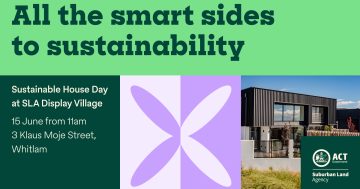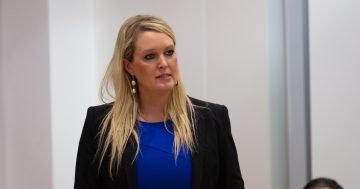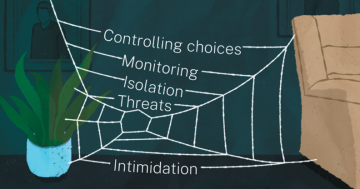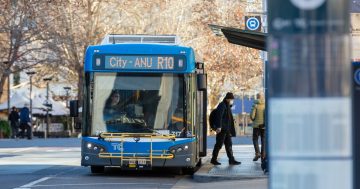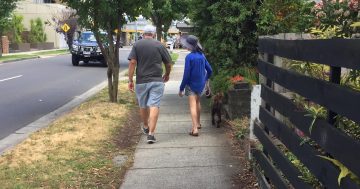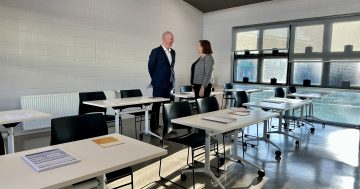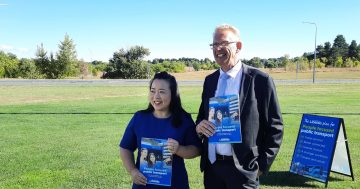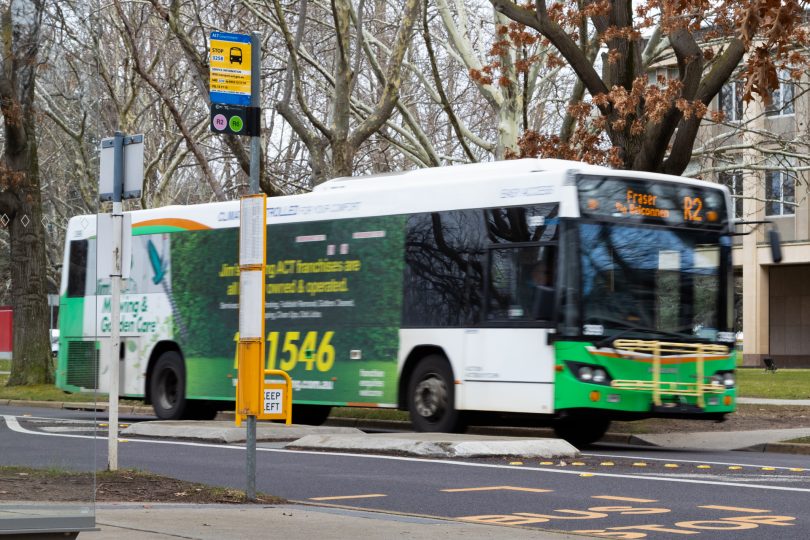
The ‘Her Way’ report investigated barriers that stop women from taking public transport. Photo: Dominic Giannini.
Whether they are concerned about being able to quickly pick a sick child up from school or the general difficulty of carting multiple children and groceries around, or concerns about their own safety, particularly at night, there are several reasons Canberra women don’t catch public transport.
These findings were revealed in a recent survey into the barriers stopping women in the city’s south from using public transport or modes of active travel.
Last week Labor backbencher Dr Marisa Paterson tabled these findings in the ‘Her Way’ report, which included 43 actionable recommendations the ACT Government could implement to encourage women to use modes of transport other than a car.
With major disruptions to Canberra’s road network expected in the coming years as Light Rail Stage Two to Woden is constructed, Dr Paterson noted the timing couldn’t have been better.
She acknowledged that while this disruption would cause stress, “we all contribute to the traffic jam in which we’re stuck”.
“The best way to reduce traffic congestion is to reduce traffic,” she said.
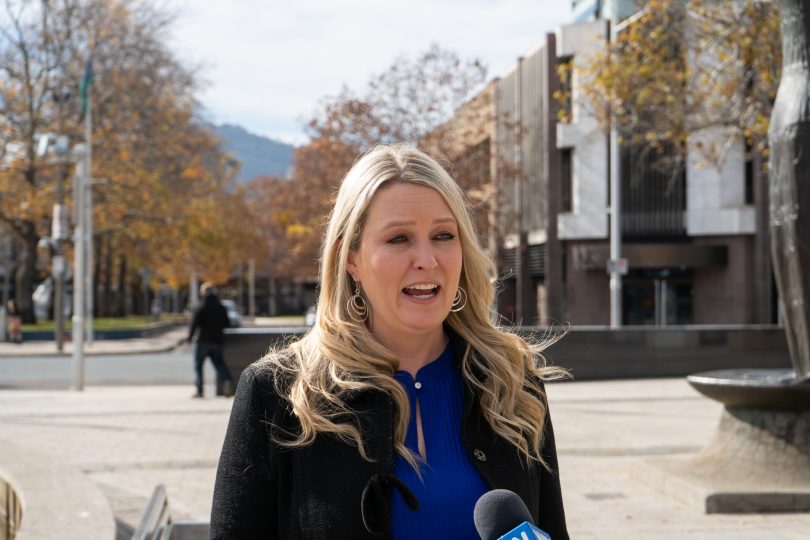
Dr Marisa Paterson conceded her car plays a significant role in her life. Photo: Dominic Giannini.
Dr Paterson was surprised by how many survey respondents wanted to stop using a private car for short journeys.
She said women were the focus of the report as they still carry the bulk of childcare responsibilities and household labour, meaning they are more likely to face challenges with time and flexibility.
Dr Paterson herself acknowledged that her car plays a significant role in her life and that one of her fears was that one of her children would need to be picked up from school and she wouldn’t be able to without a car.
“But when I think about it, I can honestly say in 13 years of my children going to childcare and school, I can count on one hand the number of times my children have needed to be picked up from school early,” she said.
“Perhaps there may be a different way.”
Trip-chaining, when multiple errands or activities need to ‘be done on the way’, was also a concern held by some survey respondents.
Others, Dr Paterson said, worried about their safety getting on a bus late at night or waiting at an interchange alone.
Women are also less likely to feel confident than men when riding a bike.
Dr Paterson also explained that women serve as a good litmus test because if public transport or active modes of travel are safe and accessible for women, they will be for everyone.
Among her recommendations was providing better resources and tools to support people prepare personalised travel plans, improving communication about real-time apps, and investing in the Territory’s active travel network.
She also called for better information around secure bike parking facilities and increased lighting at bus stops and interchanges.
In her speech to the Assembly, Dr Paterson said encouraging people to move to more sustainable modes of transport could also align with bigger goals such as reducing transport emissions.
She said it could also contribute to positively impacting preventative health outcomes and create a more liveable city.
The ACT Government noted the report and will now seek to incorporate the recommendations in existing and future work programs.
Opposition spokesperson for transport Mark Parton was seemingly thrilled with the report, saying it “savaged the transport minister” and that it was entirely damning of the ACT’s public transport system – particularly in the city’s south.
He sought to amend Dr Paterson’s motion to reflect this but was unsuccessful.












